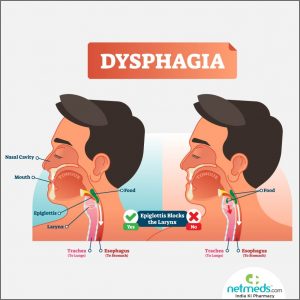In this assignment we were challenged to come up with three definitions for a term of our choosing. The objectives include the following:
- Appreciate the importance and role of definitions in technical writing
- Understand how audience and purpose indicate the need for definition
- Differentiate between the levels of details in definition
- Select the right level of detail according to the situation
Below you will find my three definitions for the term “dysphagia”.
Term: Dysphagia
Reading situation: A dietitian explaining a term to a patient’s family member.
Parenthetical definition: Dysphagia (difficulty swallowing)
Sentence definition:
Dysphagia is a condition that causes difficulty or inability to swallow. Although there are many causes, it results from poor neural control of the structures involved in the swallowing process. People with the condition often require special diets, including thickened fluids, modified textures, or tube feeding.
Expanded definition:
Dysphagia is a condition that causes difficulty or inability to swallow. The word originates from the Greek words “dys” and “phagos”, directly translating to “bad eating” (Random House Inc.).
There are several reasons a person might have dysphagia (NIDCD):
- People with diseases of the nervous system, such as cerebral palsy or Parkinson’s disease, often have problems swallowing due to weakened muscles or damaged nerves involved in swallowing
- A stroke or head injury may affect the swallowing structures
- People born with abnormalities of the swallowing mechanism
- Cancer of the head, neck, or esophagus, or the treatment for these cancers, can cause swallowing problems
- Memory loss and cognitive decline, such as dementia, can make it difficult to chew and swallow
Swallowing is a complex process that requires the brain to coordinate over 30 different muscles (“Nutricia introduction to stroke and dysphagia”). As illustrated in image 1, in a normal swallow, the mouth contents travels down the esophagus to the stomach, and the epiglottis closes the airway to the lungs. In someone with dysphagia, for many possible reasons, the airway is not properly closed and there is a risk of aspiration.

Image 1: Dysphagia from “Dysphagia: Causes, Symptoms and Treatment.” Netmeds, 27 Aug. 2019, https://www.netmeds.com/health-library/post/dysphagia-causes-symptoms-and-treatment.
Dietitians and other healthcare professionals modify a patient’s diet to suit their needs. Someone with dysphagia may require thickened fluids to reduce risk of aspiration, or pureed food to facilitate swallowing. In extreme cases, a patient may need alternative modes of nutrient intake, such as tube feeding.
References
National Institute on Deafness and other Communication Disorders. “Dysphagia.” National Institute of Health, U.S. Department of Health and Human Services, 6 Mar. 2017, https://www.nidcd.nih.gov/health/dysphagia#5.
“Nutricia introduction to stroke and dysphagia.” Nutricia, 20 Apr. 2021, https://www.nutricia.com/specialize/stroke-and-dysphagia/introduction.html.
Random House Inc. “Dysphagia definition & meaning.” Dictionary.com, 2021, https://www.dictionary.com/browse/dysphagia.
Leave a Reply